Abstract
Although South Sudan’s vegetable production is not yet large enough to meet domestic consumption, there are signs of an increase year by year. According to data for 2021, the volume of imported vegetables reached a maximum of 1,000 tons (kt), indicating that domestic production is not sufficient to ensure supply. In particular, South Sudan is facing water resource constraints and climatic conditions, making stable vegetable production difficult. Additionally, underdeveloped agricultural technology and slow infrastructure development are major barriers to improving productivity. So far, South Sudan has seen production mainly through home gardens and small-scale farming, with commercial-scale production being limited. Major crops include tomatoes, cabbage, and onions, but the country still relies heavily on imports from outside. In the future, there will be a need to improve agricultural technology, develop irrigation facilities, and strengthen agricultural policies. In particular, responding to climate change and crop diversification are believed to lead to the development of sustainable agriculture.
Production (by vegetables)
In recent years, it has become clear that South Sudan’s vegetable production situation is highly dependent on imports. In particular, data from 2019 to 2021 shows that imports peaked at 6,000 tonnes (kt) in 2020, then declined sharply, and are now at around 16.7% of the peak. This indicates that South Sudan’s vegetable supply remains highly dependent on external markets and there are limits to increasing domestic production. Vegetable production is mainly carried out by small-scale farmers in their home gardens, and commercial-scale production is lagging behind. Additionally, climate change, a lack of agricultural infrastructure, and underdeveloped irrigation facilities are barriers to expanding production. In particular, dry conditions and unstable rainfall have made it difficult to ensure a stable supply. On the other hand, production volumes are expected to recover from 2021 onwards, and strengthening domestic agriculture will become an important issue going forward. Governments and international aid agencies are called upon to improve agricultural techniques, establish irrigation systems, and improve distribution networks. As domestic production expands, we can expect to move away from dependence on imports and achieve sustainable agricultural development.
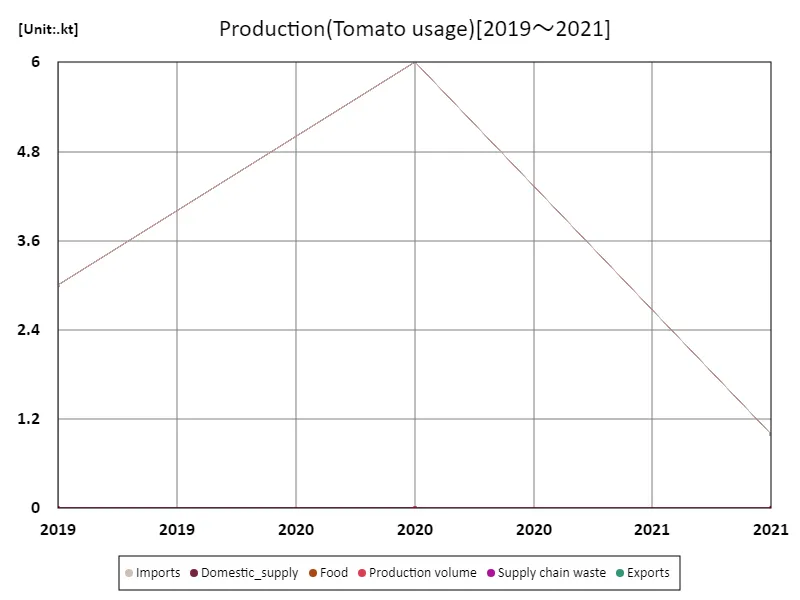

The maximum is 6kt[2020] of Imports, and the current value is about 16.7%
生産/人口(Tomato usage)
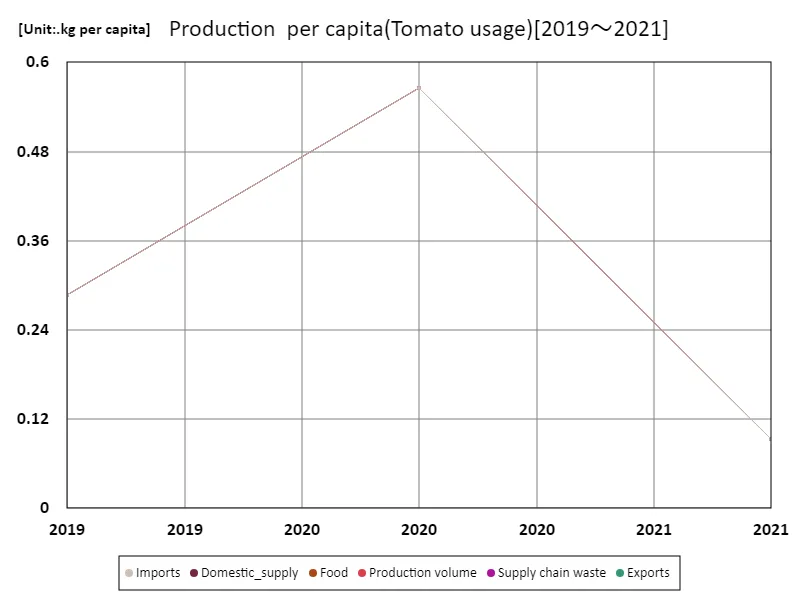

The maximum is 566g per capita[2020] of Imports, and the current value is about 16.4%
土地利用(By vegetable)
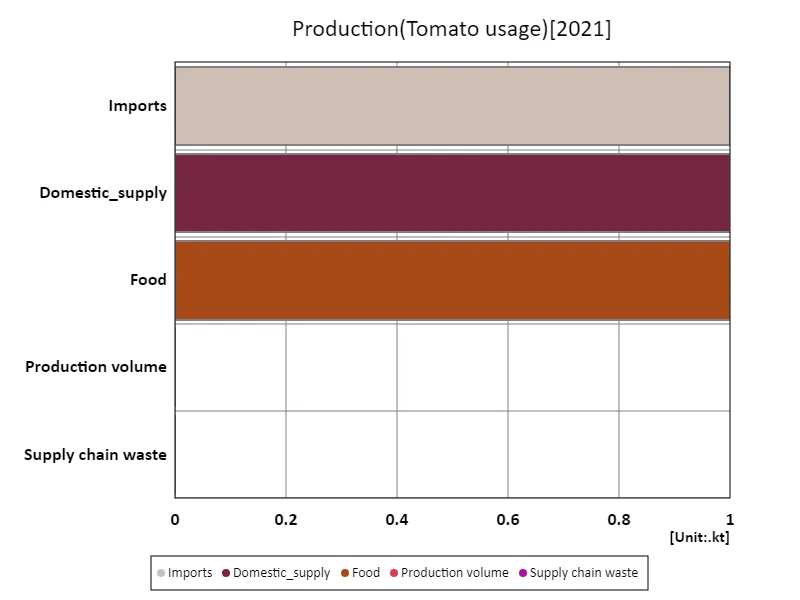

The maximum is 1kt of Imports, the average is 1kt, and the total is 3kt
Tomato usage
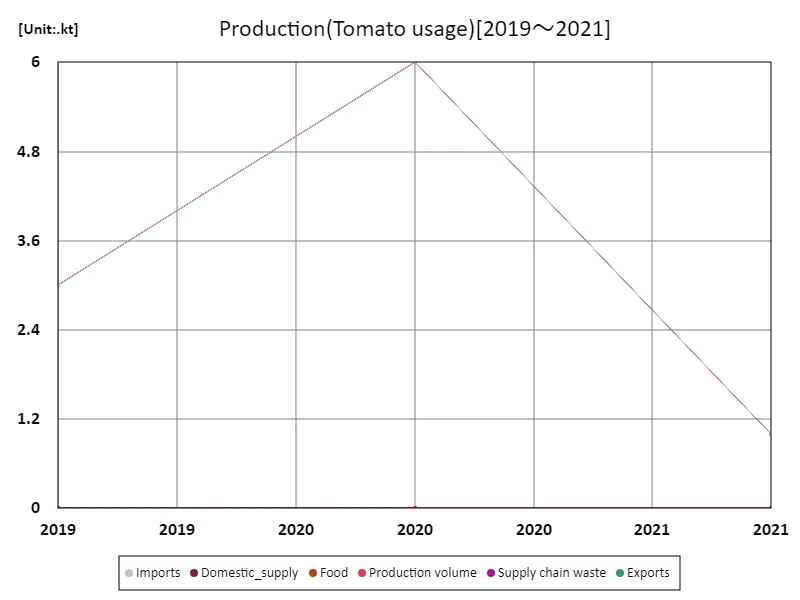

The maximum is 6kt[2020] of Imports, and the current value is about 16.7%
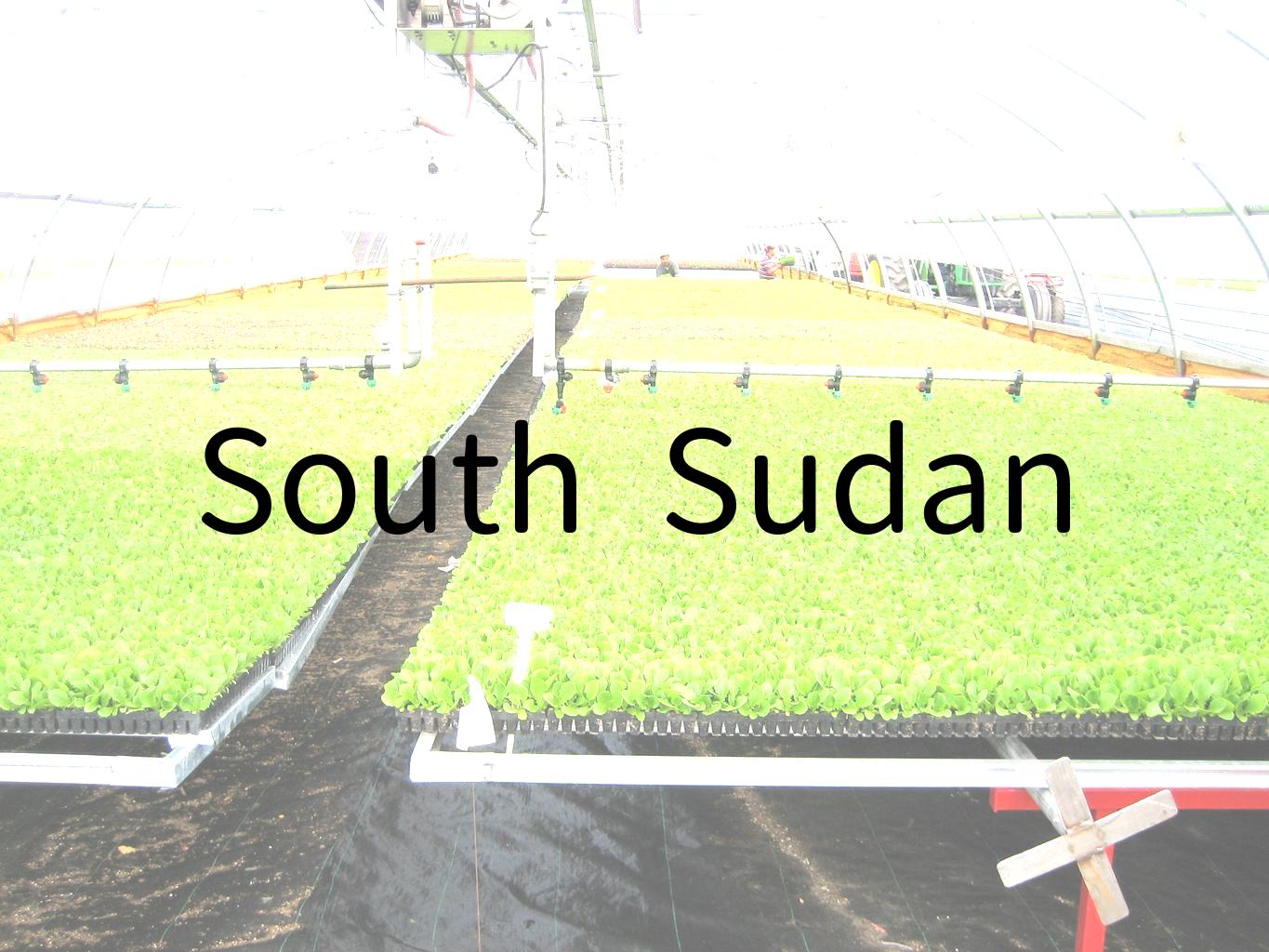


Comments